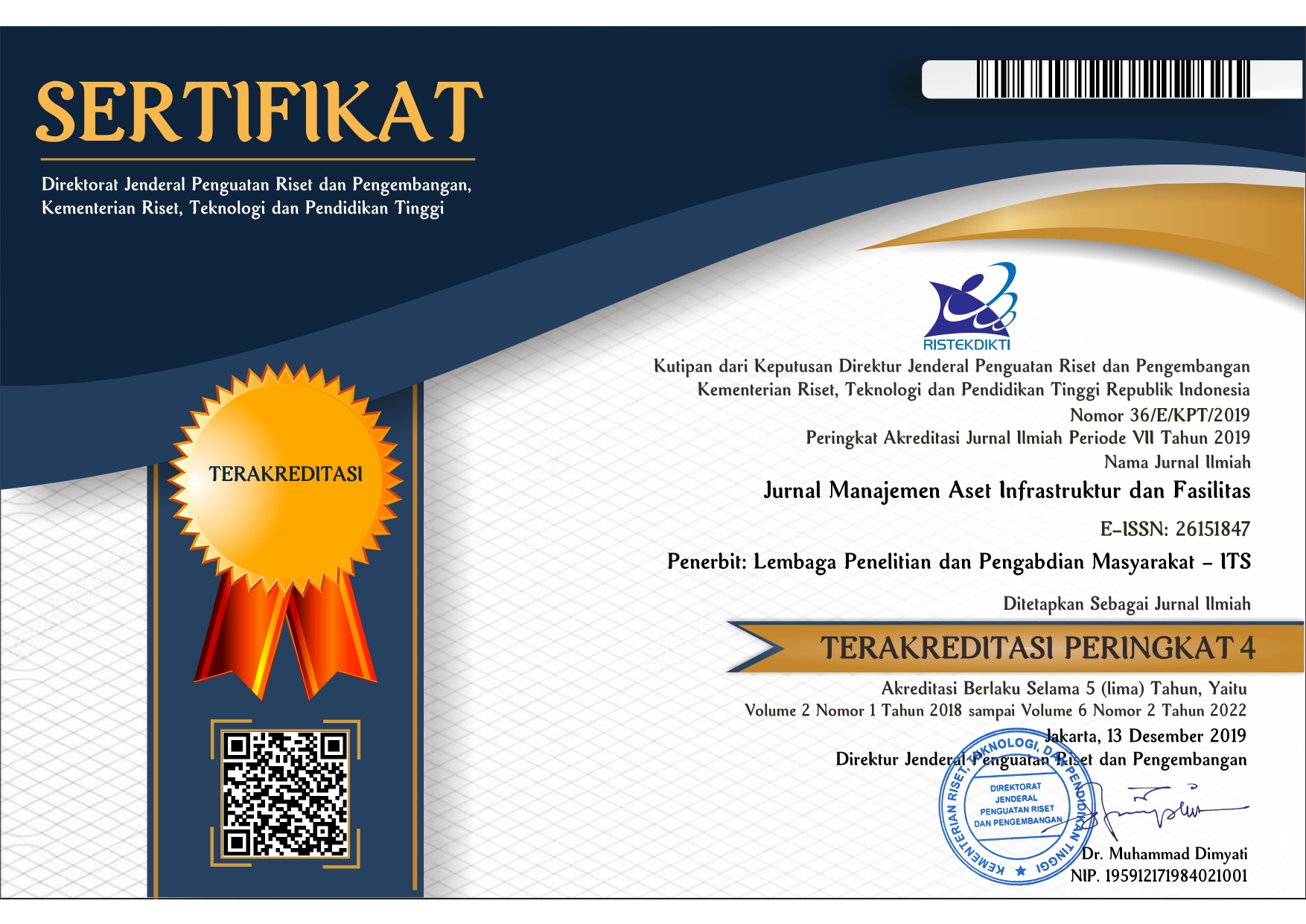Efficiency Boost

Stephaine
2025-04-13 12:40
2
0
본문
 In recent years, Process Improvement has become a widely adopted total quality management excellence methodology aimed at removing waste and maximising efficiency in various industries, including manufacturing, healthcare, and services. The goal of Efficiency Boost is to create a more successful organisation by eliminating unnecessary activities, improving flow, and enhancing customer value. However, many organisations have encountered challenges while implementing Efficiency, resulting in reduced effectiveness and lower return on investment. This blog article will highlight some common pitfalls in Efficiency Boost and provide guidance on how to avoid them.
In recent years, Process Improvement has become a widely adopted total quality management excellence methodology aimed at removing waste and maximising efficiency in various industries, including manufacturing, healthcare, and services. The goal of Efficiency Boost is to create a more successful organisation by eliminating unnecessary activities, improving flow, and enhancing customer value. However, many organisations have encountered challenges while implementing Efficiency, resulting in reduced effectiveness and lower return on investment. This blog article will highlight some common pitfalls in Efficiency Boost and provide guidance on how to avoid them.One of the most common pitfalls in Efficiency Boost is the lack of clear goals and objectives. Organisations often adopt Lean for the wrong reasons, such as cost-cutting or because a competitor has done it. To avoid this pitfall, organisations must carefully define their goals and objectives, and ensure that they are aligned with their overall business strategy. This will help to gain stakeholder buy-in and create a clear direction for the Process Optimization initiative.
Another common pitfall in Lean Implementation is resistance to change. Employees often feel threatened by the introduction of new processes and tools, and may resist the changes. To avoid this pitfall, organisations must communicate clearly and effectively with their employees, explaining the reasons behind the changes and how they will benefit the organisation. This will help to build trust and create a sense of ownership among employees.
A third pitfall in Lean Implementation is the lack of training and education. Organisations often expect employees to learn Lean principles and techniques on their own, without providing adequate training and support. To avoid this pitfall, organisations must invest in comprehensive training programs, which cover the fundamentals of Lean and provide hands-on experience with Process Improvement tools and techniques.
A fourth pitfall in Efficiency Boost is the failure to focus on the process, rather than the people. Organisations often focus on punishing employees for not following procedures, rather than addressing the underlying issues that are causing the problems. To avoid this pitfall, organisations must adopt a people-centred approach, which focuses on empowering employees to take ownership of their work and make improvements.
Finally, a fifth pitfall in Lean Implementation is the lack of sustainability. Organisations often view Process Improvement as a quick fix, rather than a long-term process. To avoid this pitfall, organisations must commit to continuous improvement and make sustainability a core part of their Efficiency Boost journey.
To overcome these common pitfalls and ensure the success of a Process Optimization, organisations must adopt a structured approach that includes the following steps:
- Develop a clear strategy
- Build a strong leadership team
- Communicate clearly and effectively
- Invest in training and education
- Focus on the process, rather than the people
- Make sustainability a core part of the Process Optimization journey
In conclusion, while Lean offers many benefits, including improved efficiency, reduced waste, and enhanced customer value, organisations must be aware of the common pitfalls that can undermine its effectiveness. By understanding these pitfalls and adopting a structured approach to Efficiency Boost, organisations can create a more profitable organisation that delivers exceptional results.

댓글목록0
댓글 포인트 안내